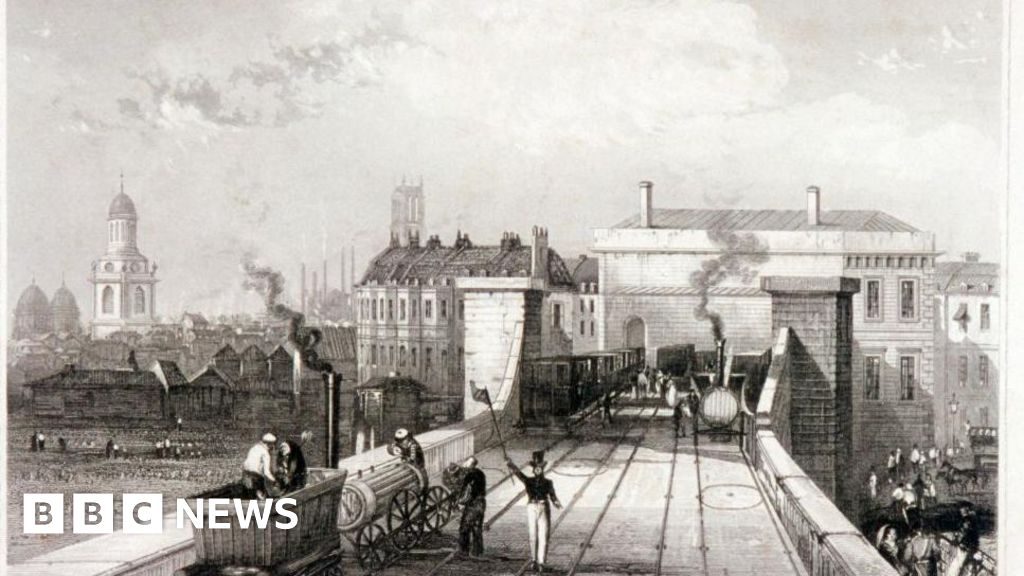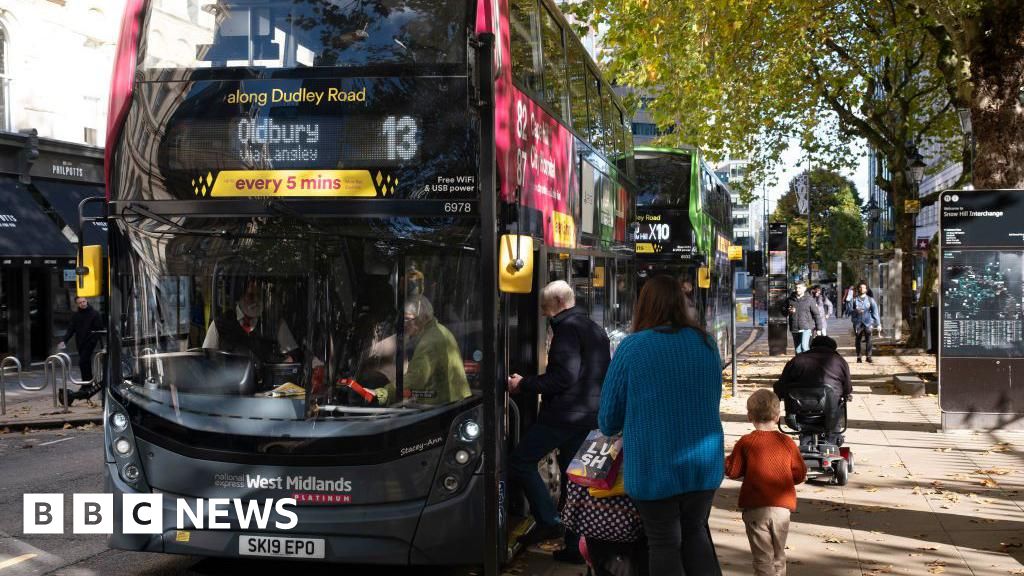Infra
‘Mini-Holland’ projects in London pay for themselves 10 times over, new study finds

The value for money in cycling infrastructure has been underlined by a new study that has found a 10-fold return on investment from the ‘Mini-Holland’ schemes in London.
The new report, published in the March 2024 edition of the Journal of Transport & Health, is the latest in a line of research into outcomes of the Mini-Holland schemes that were announced in 2013 and, with all the infrastructure now up and running, offers the most complete picture to date.
The Mini-Holland idea was coined during former prime minister Boris Johnson’s time as Mayor of London, with £100m awarded to three London boroughs to be spent on active travel interventions of the kind that have made the Netherlands an exemplary haven for cycling.
Researchers at the University of Westminster have been tracking the progress of the scheme since its inception, and have now produced the strongest evidence yet of its success. As well as an increase in cycling participation, the health economic benefit over a 20-year period has been calculated at £1.056bn a significant return on the initial £100m outlay.
The gains become most clear in Low-Traffic Neighbourhoods (LTNs), with a physical activity-related benefit of £4,800 per person over that 20-year period, which, even accounting for higher-spec LTNs, is a 42-fold return on the £112 per-person investment.
“Active travel interventions provided high value for money when comparing health economic benefits from physical activity to costs of scheme implementation, particularly low traffic neighbourhoods,” reads the snapshot conclusion from the researchers.
Read more: Anarchy, utopia, failure: the rise and fall of the shared space movement
What are Mini-Hollands?
The Mini-Holland project was conceived in 2013, as a sort of trial policy that aimed to explore the potential benefits of investing in active travel infrastructure. The Netherlands, as explored by GCN, is seen as a bicycling ‘utopia’, and an example for other countries looking for healthier, safer, quieter, and less polluted streets.
The Mini-Holland scheme tendered a £100m pot of funding, which London boroughs were encouraged to bid for, outlining how and why they could use the money to promote cycling in their areas. Three were selected in the Outer London area: Enfield, Kingston and Waltham Forest.
“The boroughs that have won funding have demonstrated that they understand what a vision of a true cycling nation looks like,” said former pro cyclist and British Cycling policy advisor Chris Boardman at the time.
The proposed infrastructure included segregated and connected cycle lanes, measures to reduce motor traffic, cycling hubs, and in some cases, re-designs of town centres.
The scheme was intended to breathe life into those areas but also act as a blueprint for the future.
“Areas once terra incognita for the bicycle will, over time, become every bit as cycle-friendly as their Dutch equivalents — places that suburbs and towns all over Britain will want to copy,” said Boris Johnson back in 2013.
How the study worked
The University of Westminster academics have been tracking the progress of the Mini-Holland scheme over time, funded by the government’s Department for Transport.
Previous studies had indicated the early positives but, given the scheme’s construction programme only formally ended in March 2021, there hasn’t been a full picture, until now.
The latest survey is built on the same demographics and questioning as previous surveys, offering a view of the scheme’s evolution. It compares baseline data to post-intervention data, splitting the Mini-Holland residents into two camps: low-dose (living in one of the three boroughs), and high-dose (living in a part of the borough directly receiving new infrastructure). On top of this, the researchers added low traffic neighbourhoods as an added category to the high-dose residents.
Cycling participation was measured via survey while the economic picture was calculated using the governmental Department for Transport’s TAG Active Mode Appraisal system, which looks at mortality via the value of a statistical life year (VSLY) as as well as sickness absence rates among the employed.
Read more: ‘Cycling in the UK peaked 75 years ago’ – New report highlights funding neglect
The findings
The survey found an overall increase in active travel, across walking and cycling, in Mini-Holland areas.
What’s notable is the difference between the low-dose and high-dose population samples. There was no discernible change in habits among the former, but there was a notable increase in participation and total volume of active travel in the latter. This was even more pronounced for those living in LTNs.
When it came to cycling, the researchers noted that the increase in the absolute amount of travel time by bike was weaker than the rise seen in walking, but that cycling, which had far lower participation at baseline, showed the strongest evidence of additional participation, or new bike users.
In terms of journeys by bike, the high-dose areas saw an average increase of 13 minutes per person, while that jumped to 21.5 minutes in LTNs.
The researchers also noted “generally consistent” evidence of reduced car ownership and/or use, particularly in those high-dose LTN areas.
This all equated to a 20-year health economic benefit of £1,056m, or just over a billion pounds. This was in large part (£821m) driven by reduced mortality linked to the proportionate increase in physical activity — the study calculated that 37 deaths and 753 years of life lost (YLL) were avoided annually under these conditions. The rest of the benefit is made up by the 535,421 sick days avoided each year.
Again, the LTN areas are the major player here. Despite their small footprint compared to the overall areas of the three boroughs, they accounted for 40% of the health economic benefit of the project as a whole.
The study specifies that LTNs cost £25-28 per working resident (aged 20-80) when implemented as low-cost emergency schemes, and £112 for the higher-spec schemes. This outlay earns an estimated average benefit of £4,800 per adult due to increased physical activity.
Read more: $16.9 billion dollars for the economy: New study shows positive impact of cycling in Australia
Conclusions
The new study shows that the Mini-Holland programme was a success, and provides a case to be made for increased funding for active travel infrastructure.
The results may not be overwhelming; there wasn’t a revolutionary increase in cycling, and the most significant impacts are felt by a small section of the scheme were the most aggressive measures have been introduced. Still, the results underline that bold interventions deliver the strongest results.
Most striking is the economic picture. Schemes like this can be perceived as beneficial to some in a vague way, but when it’s backed up by cold hard financials across a wider population, it should in theory embolden authorities to invest, even if the current economic climate isn’t so favourable to long-term strategic planning.
“The strongest support is for a policy combining low-traffic neighbourhoods with providing proximity to main road cycle tracks,” say the researchers. “The findings suggest that this leads to substantially increased walking, increased participation in cycling, and reductions in car ownership and/or use, and that the benefits of increased walking and cycling substantially outweigh scheme costs.”
The Mini-Holland programme did establish a blueprint, then. Whether there’s any appetite to copy it elsewhere is still up in the air.
For more infrastructure and transport updates, visit our general news page.










